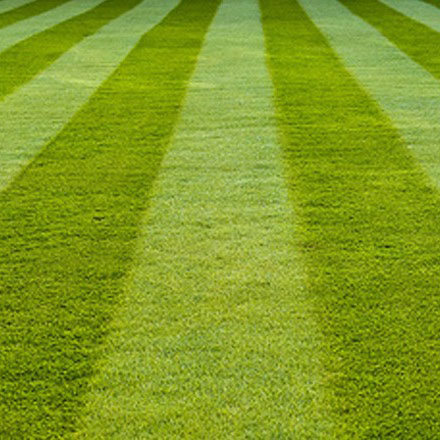
General Maintenance And Landscaping Tips For Central Texas Lawns
Central Texas lawns are comprised mostly of St. Augustine and Bermuda grasses. They generally thrive in high heat temperatures with minimal watering schedules. However, the following recommendations also apply to other grasses such as Zoysia or Buffalo. Any of these varieties may be maintained fairly easily using techniques found in this article.
Fertilizers may be spread at any time of the year but is most effective during the spring months, March through May. Fertilizers come in many varieties but over the past few seasons the prices of organic fertilizers have fallen in line with the chemical based brands usually found at home and garden superstores. While organic fertilizers contain manure and other by-products, they also include fewer acids and synthetics that may ultimately damage soil or run-off into water supplies.
Pre-emergent is another product that may be applied during the spring and may help prevent weed growth. Pre-emergent must be applied a week or more before the grass seed germinates and can be coupled with peat moss for better results. Weed and feed can be applied during the early spring or fall when weeds are generally in their growth cycles. Applied annually, weed and feed can help lawns become healthy and full.
Scalping annually no lower than two inches can help renew lawns and prepare them for the upcoming season. Scalping is usually done during the first pre-spring mowing and all of the clippings should be bagged. When scalping the lawn consider also applying a pre-emergent to help prevent weeds from developing later in the spring. Otherwise, scalping may only succeed in clearing the way for weeds to germinate and thrive.
Tree trimming and removing girth from larger hedges will provide considerable benefits to any lawn. When trimming trees or hedges, consider removing girth and promoting upward growth, like a “V” shaped pattern. This will keep low hanging branches away from the lawn and help prevent trees/hedges from shedding leaves and other debris onto the lawn. When branches droop over the lawn they deposit debris onto the grass that may prevent rain and sunlight from permeating. Leaves, seeds, and other deposits should be raked clean from the yard and bagged for disposal. Aside from that, keeping trees and hedges neatly trimmed makes any yard appear larger. Although, if properly mulched, leaves can contribute to the overall health of the lawn as soil naturally consists of such components.
Central Texas Lawns are susceptible to infestations by pests like grubs or blights such as fungus. Knowing how to treat these infestations or preventing them before they occur is an important part of annual maintenance. Grubs can cause grass to brown and die quickly, spreading patches that can decimate a lawn in a few short months (see Tips/Advice page this website). Lawns are more susceptible to grubs in times of drought so keeping the lawn hydrated may help prevent their appearance. Once a grub infestation has been identified it can be treated and contained very effectively by using products such as Triazicide by Spectracide. Rake the lawn first and dispose of any brown or dead debris and then apply 1-2 treatments of Triazicide to the affected areas using a hose end sprayer. Fungus is another problem that is generally caused by over-watering, overnight watering, or even prolonged periods of rain. Setting watering times usually no earlier than 1-2 hours prior to sunrise will help prevent fungus from emerging. This will help insure that fungus will not have a chance to spread because it helps to eliminate the moist conditions that cause fungal infections. Once a fungus has been detected it can usually be treated by applying 1-2 rounds of a common fungicide, such as corn gluten.
Finally, applying winter rye seed or dillo dirt to the yard will help the overall composition of the soil and provide nutrients that will promote firmer, fuller lawns. Healthy lawns will be less susceptible to pests and other infestations like the ones mentioned above. Winter rye seed is usually applied at the end of the mowing season, lives and thrives throughout the winter months, helps reduce erosion of the soil, and increases drought tolerance. Dillo dirt is rich with manure and other by-products, adding nutrients to any variety of grass leading to a healthier lawn.
Caring for Central Texas lawns can be accomplished with a hydration schedule that waters roots deeply. Knowing when to apply fertilizers and pre-emergents, trimming trees and hedges regularly, preventing pests and other infestations, and responsibly disposing of fallen debris will go a long way to nurturing a healthy lawn. For more suggestions and a list of services we provide please visit our website at www.northwestlawn.com.
